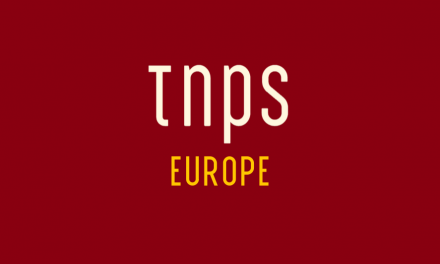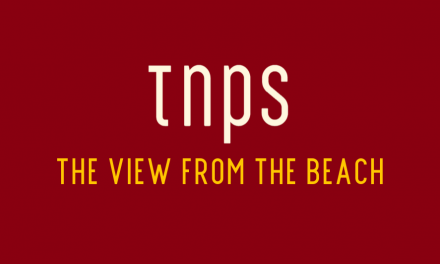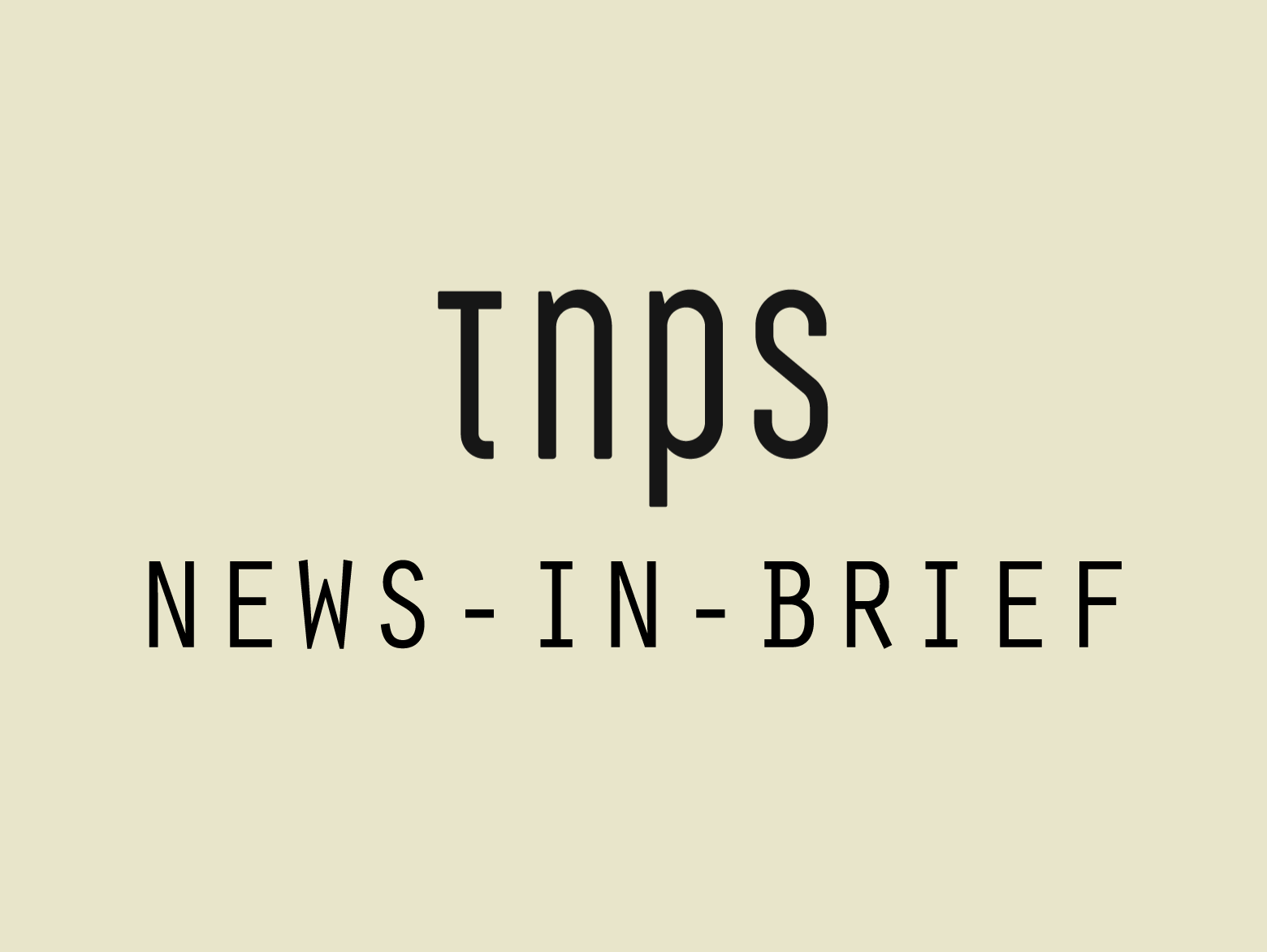The big surprise from Amazon this week is not the fact that the company now has 55 million subscribers for its Amazon Music subscription service, but rather that Amazon has told us so.
Traditionally Amazon does not give out meaningful metrics, and it’s unlikely this is the start of a new trend, rather a shot across the bows of Apple, which last year announced it had 60 million subscribers. That said, Amazon Music still has less than half Spotify’s 113 million subscribers.
Amazon Music is claiming nearly 50% growth year on year across the key US, UK, Germany and Japan markets and over 100% growth in next level markets like France, Italy, Spain and Mexico.
Looking at those countries one might see a similarity with Amazon’s Kindle Unlimited ebook streaming service, but that list is in fact about where the similarities end.
Here’s where Amazon Music Unlimited is today:
Argentina, Belgium, Bolivia, Chile, Colombia, Costa Rica, Dominican Republic, Ecuador, El Salvador, Guatemala, Honduras, Nicaragua, Panama, Paraguay, Peru, Uruguay, Cyprus, Malta, Czech Republic, Liechtenstein, Luxembourg, Netherlands, Poland, Iceland, Bulgaria, Estonia, Finland, Greece, Hungary, Latvia, Lithuania, Portugal, Slovakia, Sweden, and Gibraltar.
Only one of those countries, Netherlands, has a Kindle store, and none have Kindle Unlimited. (Some countries – Belgium, Gibraltar, Luxembourg and Liechtenstein – have Kindle access via neighbouring France or Germany, but not in their own right.)
When we turn to Amazon Video the gap with the Kindle operation becomes a gaping chasm, with Amazon Video available in all but a handful of countries where political challenges prevail.
Partly here we see Amazons indifference to publishing at the global level’. It’s been five years since Amazon last launched anew Kindle store.
But the wider issues here are a) the indifference of all the big western retailers to the emerging publishing markets, whether subscription or a la carte sales, and b) publisher-imposed territorial restrictions – a historical anachronism from a bygone era when print was the only meaningful option.
This week we of course have had the news that PRH has pulled its titles from all unlimited subscription services.
PRH have since stressed repeatedly that they have no imminent plans to go it alone with their own subscription model, but that is a very powerful non-denial.
In the wider publishing world news-focussed publishers are largely agreed that the future is subscription, and that advertising-based publishing models are on the way out.
But that’s to underestimate the flexibility of the subscription models emerging – a topic I hope to return to here soon.
But what we are clearly seeing are parallel models emerging, determined primarily by the existing infrastructure.
The big publishers in the mature markets are too wedded to (ideologically), and invested in (financially), the print-first model to make that leap of faith and embrace digital subscription in a big way.
But in the smaller and emerging markets we are seeing real interest in and demand for a model that lets consumers choose their content without unit-price friction.
Much of the resistance to this comes from publishers who prefer to believe digital subscription is somehow only workable in a handful of markets, but almost every month the subscription operators prove that argument wrong, by expanding into those exact markets deemed unsuitable for subscription.
Take the expansion of the France-based subscription service YouScribe for example, as it launched in Africa.
The bottom line is, both video and music streaming show clearly that consumers in thee countries welcome the model, and that they have the tech infrastructure in place to make it happen.
Books are not music or video, of course, but nor are they so very different.
It was bold of PRH to experiment with unlimited subscription, and I suspect there’s more to their pulling out of the model than just what has been said in the official statement.
Again I’d come back to PRH stating categorically it had no imminent plans for its own D2C adventure and note that the word imminent was not used lightly.
PRH understand as well as any that we can’t put the subscription genie back in the bottle. Rather we need to embrace the new opportunities while limiting the damage to existing models.
Publishers still on the fence about subscription – or worse, still in denial – really need to reconsider their position.
The 2020s will be the decade subscription comes of age. As consumers adapt to subscription as the new normal for content consumption so a la carte retail, and especially non-digital retail, will struggle.
By 2030 the publishing landscape will be as different from today as today is from 2010.





